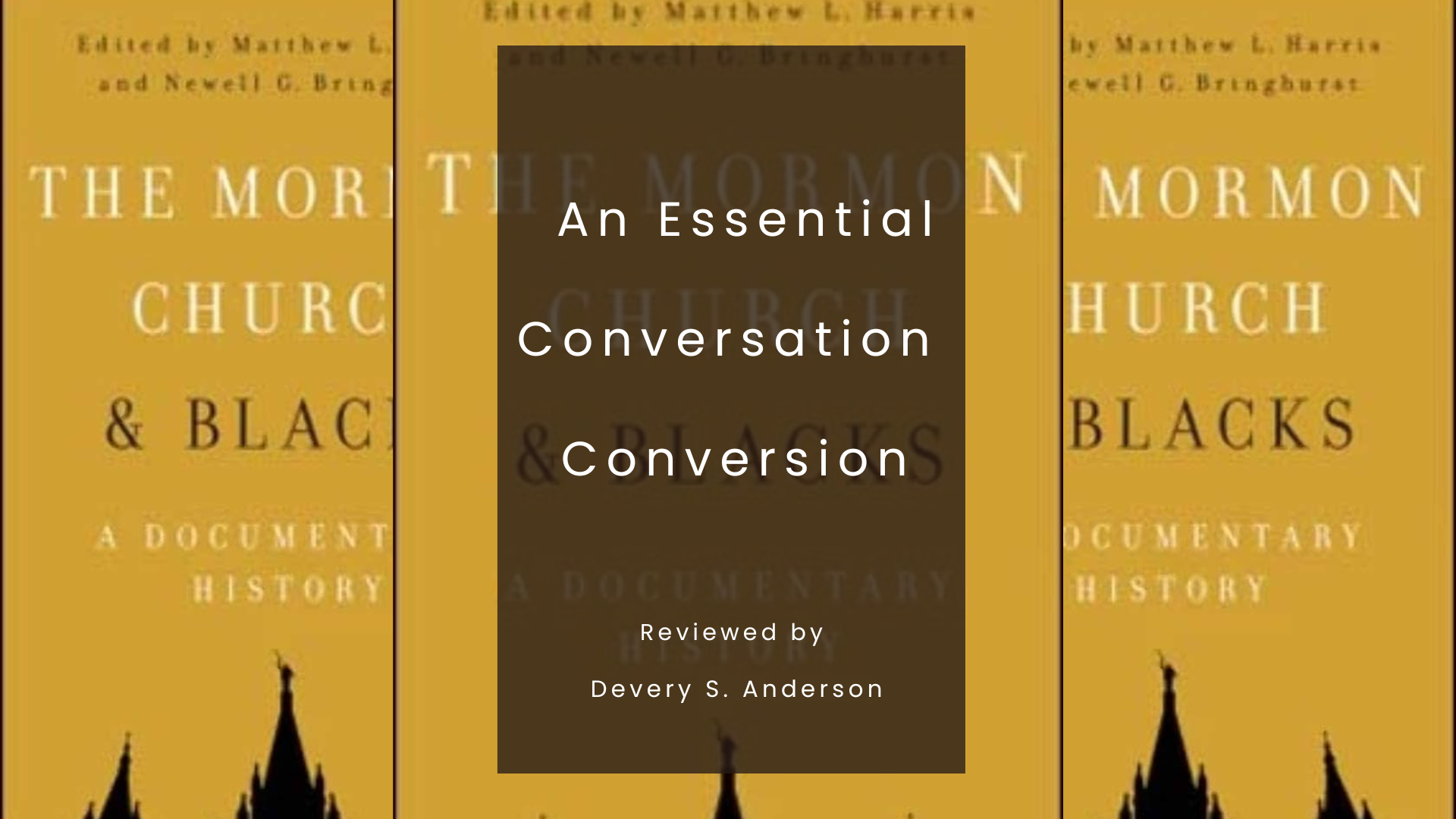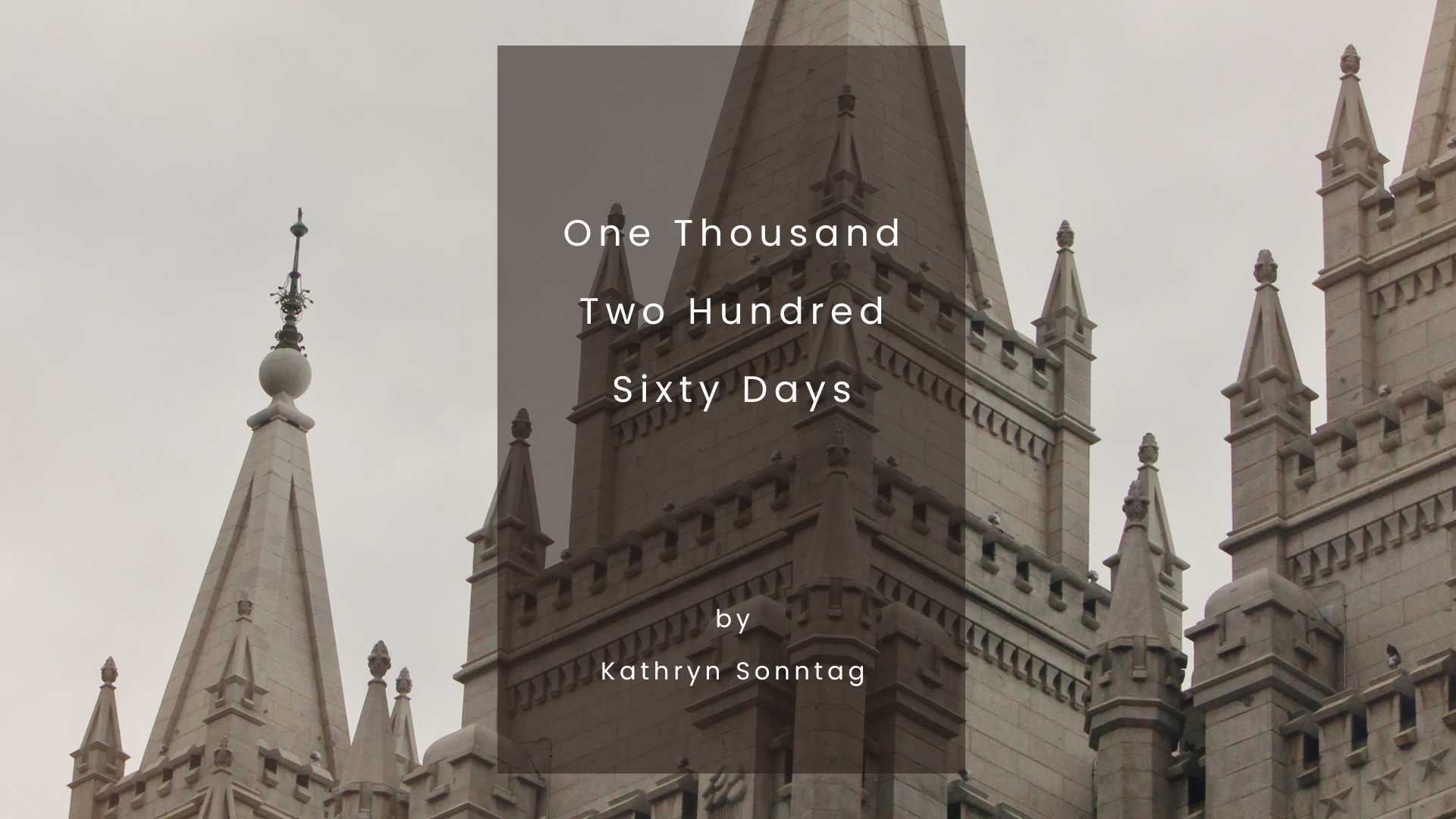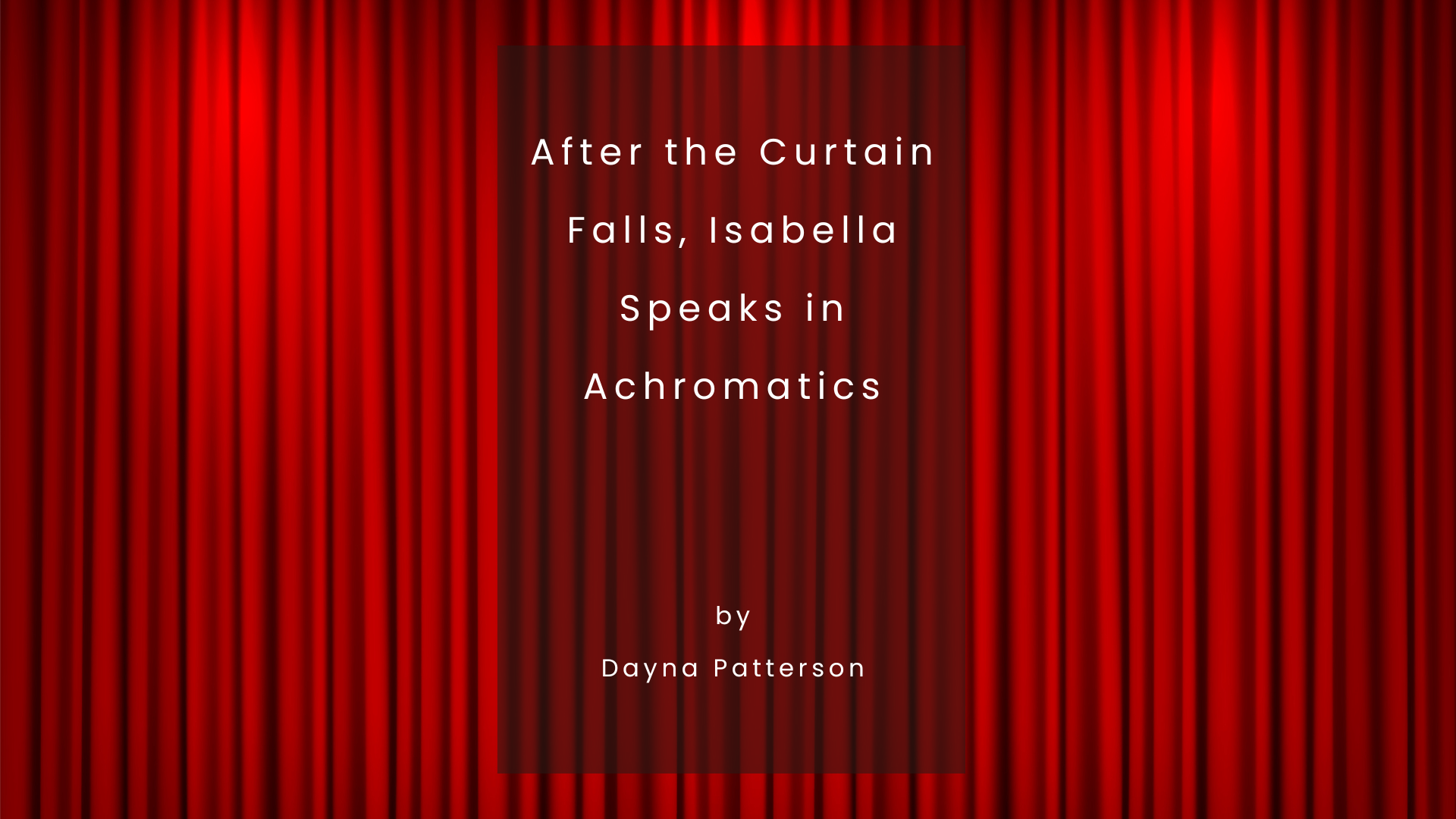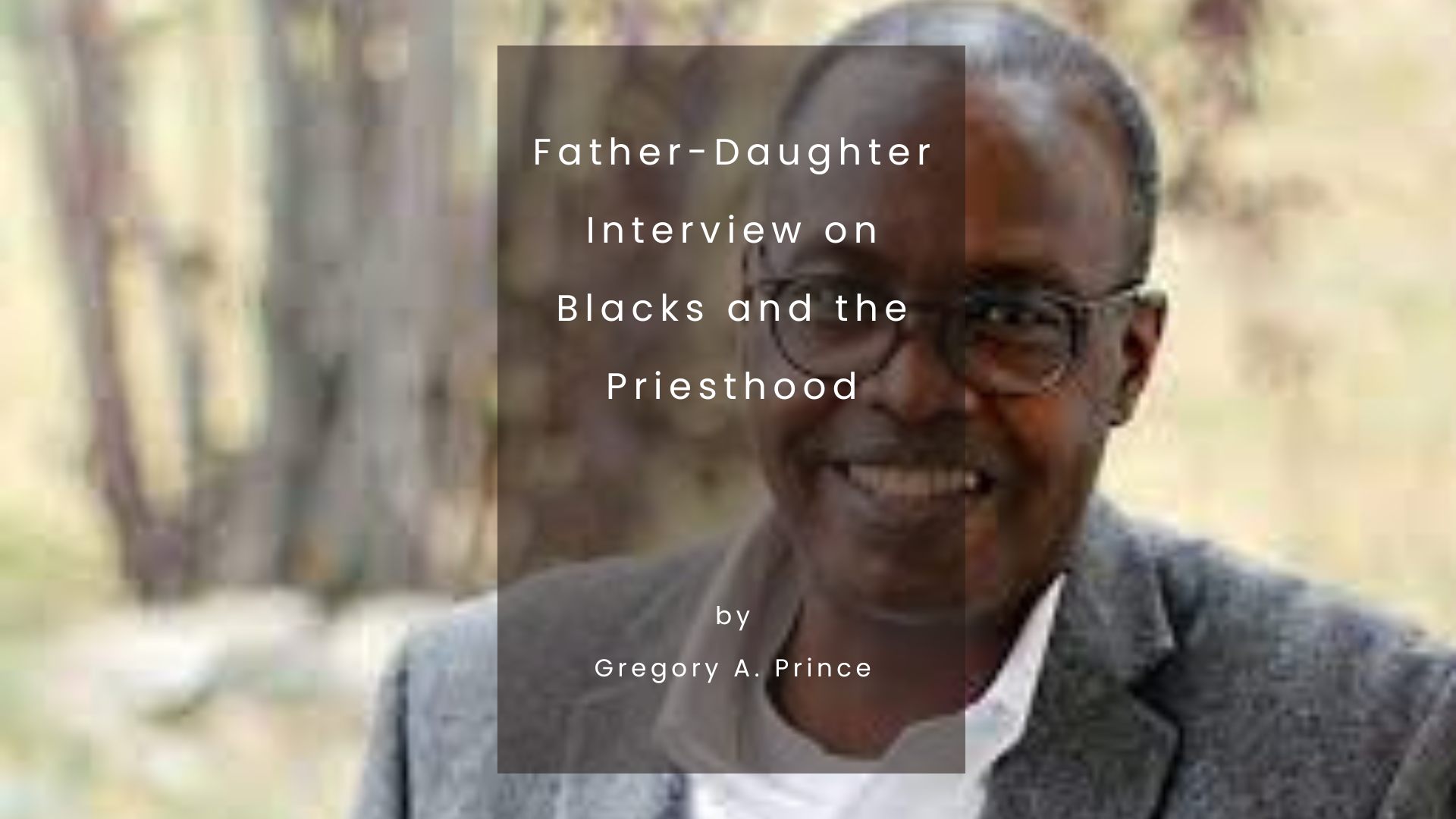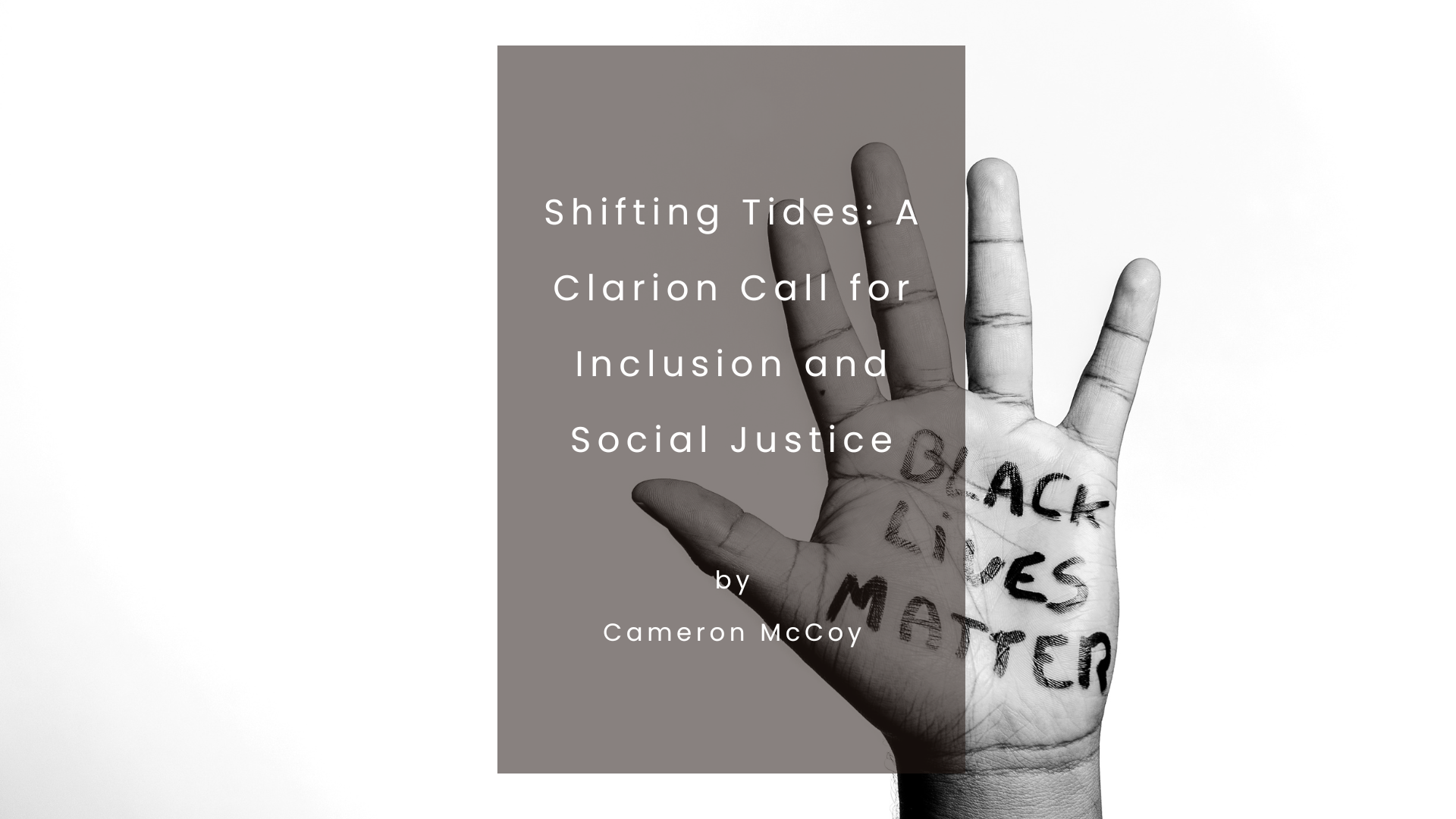An Essential Conversation | Matthew L. Harris and Newell G. Bringhurst, eds., The Mormon Church & Blacks: A Documentary History
January 14, 2019The Church of Jesus Christ of Latter-day Saints continues to deal with its past racial teachings. For 126 years, African American men were denied priesthood ordination, while both men and woman of African descent were…


